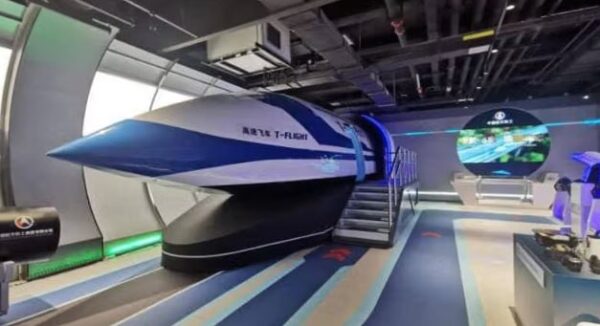Lifestyle
The new fastest train in the world could be faster than jets

China’s T-Flight Maglev train sets new standards in the rail industry, reaching speeds of over 600 km/h, breaking the previous record held by Japan.
However, the Chinese corporation China Aerospace Science and Industry Corporation (CASIC), responsible for the construction, announces that this is just the beginning.
The target is a speed of 1,000 km/h, which would significantly exceed the speed of traditional jet aircraft.
The Japanese SCMaglev L0 series, which reaches a speed of 603 km/h, was until recently the undisputed leader in the field of train speeds. But now the Chinese competitor, T-Flight, has achieved speeds of 20 km/h larger, thus pushing the Japanese carrier to second place.
The T-Flight project, developed by CASIC, is based on hyperloop technology, once patronised by Elon Musk. The tests of the Chinese train are carried out in a special tube approximately 2 km long, located in northern China.
To achieve such high speeds, designers had to minimise friction. Therefore, the test track was made with extraordinary precision – the plane deviation over a length of 2 km is only 0.3 mm, and in the case of a 6-meter diametre, deviations of up to 2 mm were maintained.
Nevertheless, CASIC has greater ambitions. They believe their train can reach a speed of 1,000 km/h, which would exceed the speed of passenger jets, which fly at an average speed of over 900 km/h. To achieve this, they plan to build a new 60-kilometer test track.
CASIC does not even rule out the possibility of reaching a speed of 2,000 km/h, which would enable an express connection between Beijing and the city of Wuhan. But will the technology being developed make it possible to implement such ambitious plans? Time will tell.






